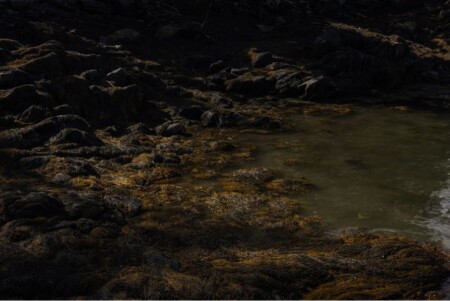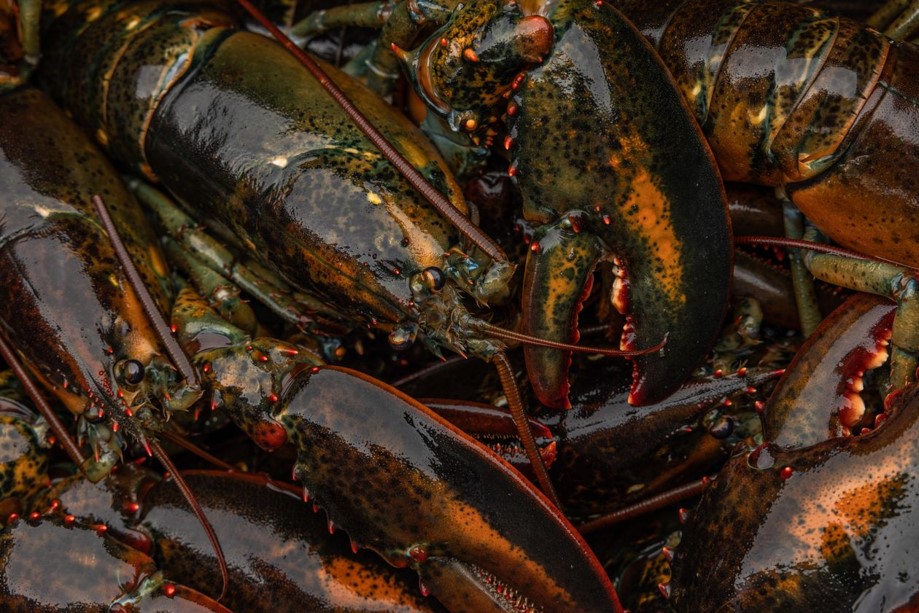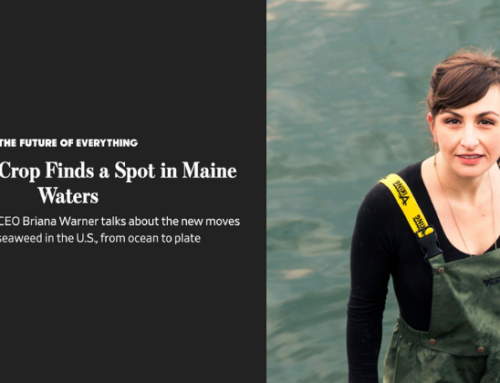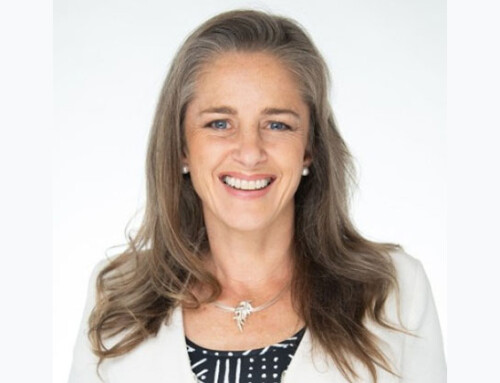In Maine, lobsters are heading north and some lobstermen are moving into kelp farming. On the West Coast, fishermen are worried about a blob of warm water developing off the Oregon and Washington coastlines, fearing a repeat of an ocean heat wave that devastated salmon harvests from 2014 to 2016.
The heating of the world’s oceans is disrupting ecosystems and industries that depend on the sea for life.
This summer, nearly half the world’s oceans are experiencing a marine heatwave, defined as warmer than 90% of previous temperature observations on the same date, according to the National Oceanic and Atmospheric Administration. The Mediterranean Sea reached a record 87 degrees in July, attracting stinging jellyfish and lionfish, while threatening coral reefs and tropical marine life nearby.
Marine heatwaves are expected to become stronger and more frequent, according to a consensus of oceanographers and climate scientists.
One of the fastest-warming waters is the Gulf of Maine, forcing lobstermen to change tactics to save their businesses.
Summer surface temperatures between July and September in the gulf have risen four times the global ocean average since 1982. The entire region is warming more rapidly than 97% of the ocean’s surface because of overall climate warming and a shift in local currents, according to the Gulf of Maine Research Institute.
The warming is making life more unpredictable for the $388 million lobster fishing industry in Maine. The U.S. lobster catch has moved 162 miles northward and nearly 70 feet deeper over the past 50 years, according to the National Marine Fisheries Service, as the crustaceans seek refuge in colder water. The Maine lobster catch has fallen 26% since a record catch of 132 million pounds in 2016.
Some harvesters in the state are looking for new species, such as black sea bass, tuna or crabs.
Steve Train, a third-generation lobsterman in Casco Bay, Maine, has become a farmer. He started growing kelp–something still plentiful in the area–offshore of his property to earn money during spring months when lobstering is traditionally slow.
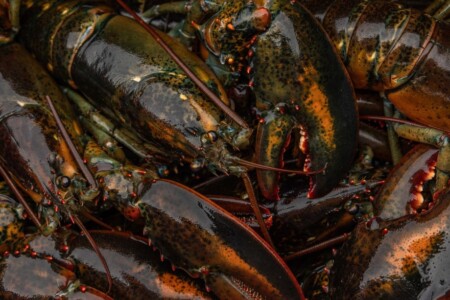
Lobster thrives in cool and cold water, so rising temperatures worry Maine’s fishing community. PHOTO: GRETA RYBUS FOR THE WALL STREET JOURNAL
Train says kelp is no substitute for lobsters, still the most lucrative single-species commercial fishery in U.S. waters. But it can help as Maine’s coastal environment changes.
“The people who survive are going to have to be diversified so they can take the cream out of a few different fisheries and have a paycheck year round,” Train said as he pulled up a string of lobster traps onto his 32-foot boat Marcia, a few miles from the Portland wharf where he sells his catch.
Some climate scientists believe the world’s oceans could be undergoing an environmental regime change as the result of decades of rapid climate warming in the atmosphere.
Hot Waves
Record-warm Atlantic sea-surface temperatures are expected to fuel increased storm formation this season.
Average sea-surface temperature departure from historic norms for previous 30 days*
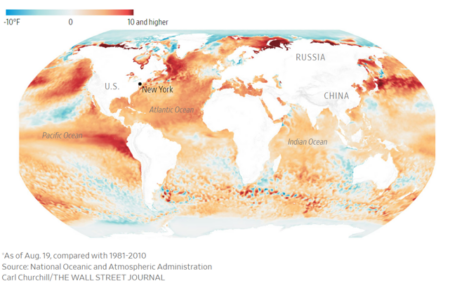
The oceans absorb 30% of the carbon dioxide released into the atmosphere, and 90% of the excess heat from those emissions. Scientists wonder if the ocean’s ability to regulate human-induced climate change is reaching its limit.
For six of the past seven years, the tropical Pacific Ocean has been close to or cooler than normal and has been absorbing excess heat from the atmosphere, according to Michael McPhaden, senior scientist at the NOAA’s Pacific Marine Environmental Laboratory in Seattle.
Now with a strong El Niño pattern underway in the Pacific, that excess heat is being released to the atmosphere where it is affecting ocean circulation patterns and contributing to the spate of marine heat waves in different parts of the globe, McPhaden said.
“There’s a host of bad things that happen to weather systems, the climate system and the ecosystems and fisheries when you have so many and such strong marine heat waves,” McPhaden said.
There are other possible explanations in addition to climate change and the El Niño/La Niña cycle. New pollution rules have cut airborne sulfur aerosol particles released by commercial ships over parts of the ocean, clearing the air and allowing more sunlight to reach the ocean surface. That in turn might be heating the water along some shipping routes, although the amount is in dispute, according to several recent estimates.
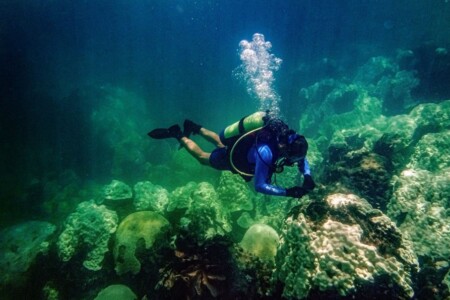
In January 2022, an underwater volcano near Tonga blasted 50 million tons of water vapor into the stratosphere. Some researchers believe that vapor might be acting as a planet-warming greenhouse gas and nudging up ocean temperatures. Both theories are still under investigation, and their overall impact is up for debate.
Sea ice that wraps Antarctica in a protective blanket has shrunk by a Greenland-sized chunk during the winter season, when it should be expanding. The continuing loss of sea ice is harming vital shrimp-like krill that forms the base of the Southern Ocean food chain. It’s also leading to a “catastrophic” decline in emperor penguins in one area, according to a study last week.
In the Florida Keys, a heat wave that began in June continues to threaten coral reefs that serve as a haven of biodiversity, a nursery for commercial fish species, and a natural barrier against storm-driven waves that threaten homes and communities.
All along the Keys, researchers from the Mote Marine Laboratory are in a race against time to save corals that can’t survive the influx of 95-plus degree water. Researchers and volunteers moved thousands of heat-stressed corals from offshore nurseries to on-shore facilities.
“We are in the midst of a mass bleaching event,” said Jason Spadaro, director of Mote’s coral restoration research program.
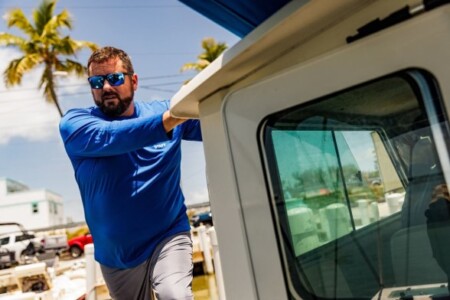
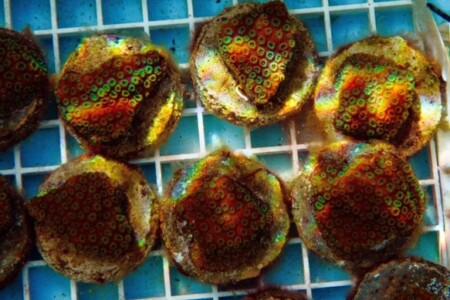
Bleaching happens when the water gets so hot corals reject the symbiotic organism that lives in their tissue and turns sunlight into the nutrients corals need.
Seagrass beds and mangroves that protect the U.S. coast from storms are also under threat from warming waters. Eelgrass in the Chesapeake Bay is being replaced by widgeon grass, which likes warm water, but may be less protective of larval fish that call the bay home.
To understand what’s happening in the Gulf of Maine, researchers at the Bigelow Center for Ocean Science, a non-profit research institute in Boothbay Harbor, are exploring the water using ships, satellites and ocean-going autonomous gliders.
In 2022, Bigelow scientists reported that the ability of phytoplankton–the grass of the sea and base of the food chain—to reproduce in the gulf declined 65% over two decades.
On a recent day aboard the Bigelow’s 48-foot research vessel, David Fields worked with a graduate student and a technician to launch and retrieve a device that measures water temperature at several depths. They also towed a fine-mesh plankton net that collected a soup of miniature marine life they transferred into a 10-gallon plastic bucket.
Inside floated shrimp-like amphipods, comb jellies, sea gooseberries and baby lobsters with outstretched claws that look like mini-supermen. As the waters warm, Fields said he is noticing more jellyfish and fewer of the more nutritious, fat-filled animals favored by commercial fish species.
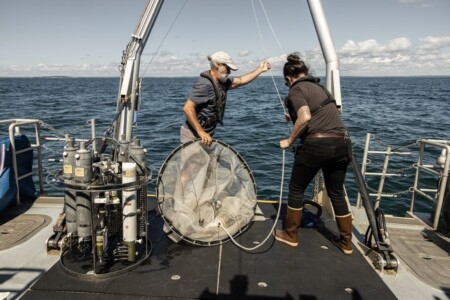
Fields, a zooplankton ecologist and oceanographer, is focused on a couple of species that are eaten by fish and marine mammals such as the North Atlantic right whale. He said the mix of marine animals and plants in the gulf is changing.
One wild card is the timing of the plankton blooms in the water each spring. As waters warm, fish or lobster eggs hatch before their food is ready, and they are less likely to survive the crucial few weeks of life, Fields said. “There’s just less food being produced.”
Richard Wahle, director of the University of Maine’s Lobster Institute, says the Gulf of Maine is not only warming rapidly, but a shift in currents is depriving the Gulf of the water-borne nutrients that have made it fertile grounds for generations of New England fishermen.
“We’re seeing this increasing influence of warm, salty, nutrient-poor water that’s essentially starving the Gulf of Maine of what it has historically been, which is a place of world-class productivity,” said Wahle.
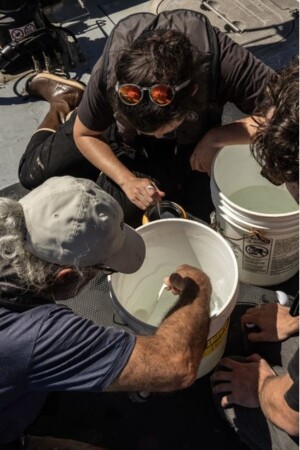
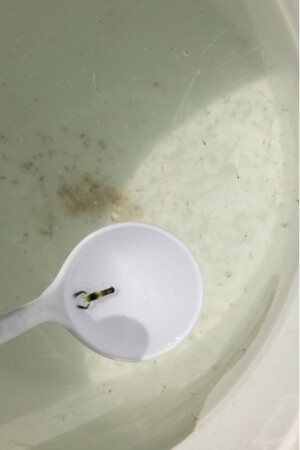
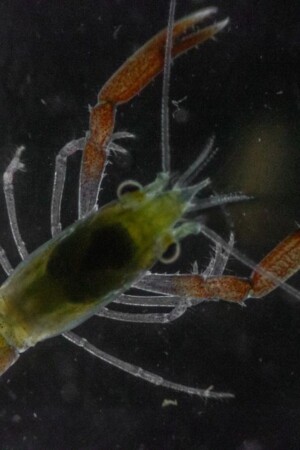
Fields and Niemisto identify floating marine organisms that are food for both fish and lobster. The researchers, from the Bigelow Laboratory for Ocean Science in Boothbay Harbor, Maine, collect baby lobsters to study how warming water affects their growth.GRETA RYBUS FOR THE WALL STREET JOURNAL
In Casco Bay, Steve Train has watched Maine’s lobster population shift north, driven by changes in bottom water temperatures and the supply of the tiny animals that are the main food of baby lobsters.
Over time, Train has been moving his traps to deeper water and said he has noticed a faster temperature increase in the past five years. “I started setting gear in June where I thought the lobsters would be in August or September,” he said. “Everything the lobsters do is by water temperature.”
Train and other lobster fishermen own licenses that are tied to specific fishing grounds. So there are limits on how far north or offshore they can set their traps.
Train, 56, says his kelp-farming venture isn’t as easy as he initially thought. “Between the moorings, the storms, the tide, and the stretch of the line, there’s a lot of maintenance,” Train said. “But now I have another month or two filled in for cash flow.”
He said he is figuring out the best direction to suspend ropes in the water that are embedded with kelp seeds to avoid tidal currents that could damage his harvest. The seeded ropes mature into an underwater forest. He expects to be profitable this year, while expanding from 4 acres to 10 acres.
Each spring, Train collects wide fronds of brownish-yellow kelp and sells them to Atlantic Sea Farms, a Biddeford, Maine-based company that processes seaweed into kelp burgers, smoothie cubes, and pet-food additives. It has signed up 30 lobster fishermen across Maine since it launched in 2018, and another 19 are in line for a state license, according to CEO Briana Warner.
“We’re building an entirely new market,” said Warner, who sold 30,000 pounds of kelp products last year to grocery and restaurant chains.
Train said lobstermen he has known for decades are beginning to consider a future that will reward adaptability as waters continue to warm. “Even the people that are in denial are a little concerned,” he said.
